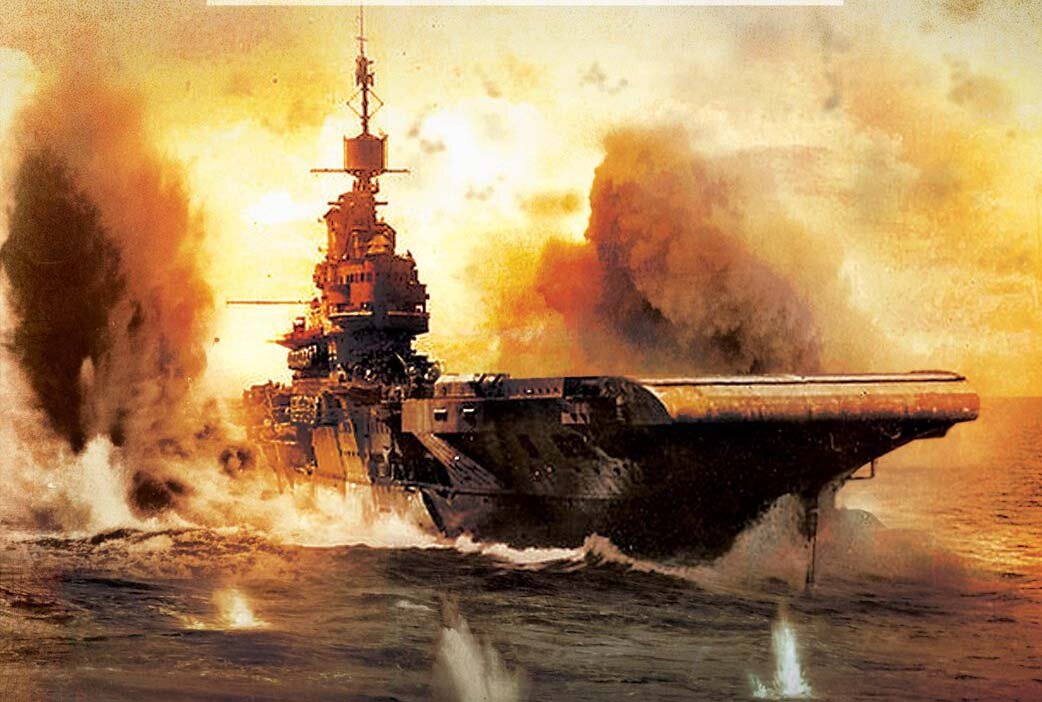Wild_Bill_Kelso
Senior Master Sergeant
- 3,231
- Mar 18, 2022
Also to be clear, WW2 era torpedo attacks are not modern self-guided torpedo attacks with modern sensor arrays, shared C3I and etc. The Japanese ships might launch 50-60 torpedoes in one small battle, and only get 2-3 hits. But that meant 2-3 enemy ships crippled or sunk, in most cases, which is at least as good as the big gunwagons did.

